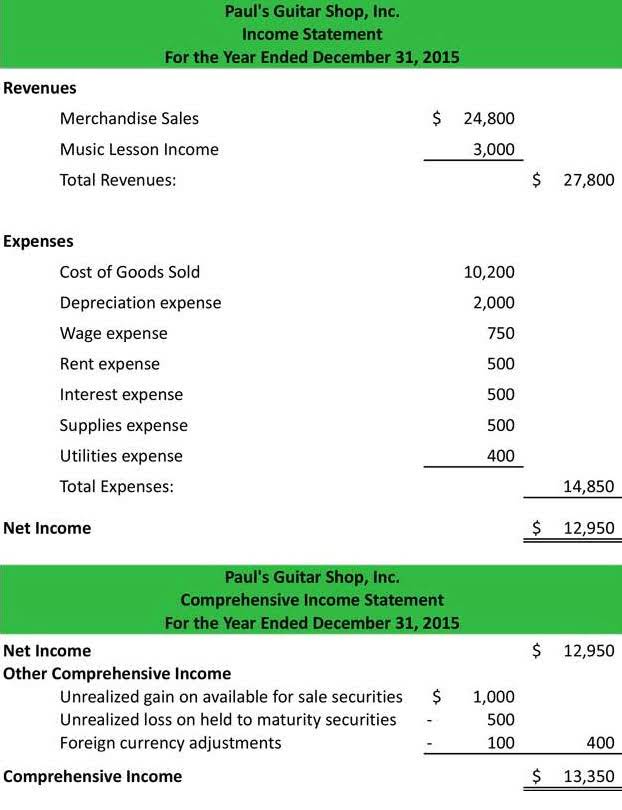These are referred to as “payables” provided to them by banks, financing businesses, and suppliers. In closing, the accurate recording and management of accounts payable and notes payable are vital components of a successful financial strategy. Ensuring proper handling of these two aspects will contribute to a company’s overall financial health and stability, benefiting both the company and its stakeholders. An established restaurant upgrades its kitchen equipment and purchases $20,000 worth of appliances from a vendor.
It falls under outstanding debts that a business is expected to pay in the near future. In simple words, accounts payable are sums of money that a company owes to its suppliers or vendors and is expected to pay within a year or within one operating cycle. Accounts receivable (AR), conversely, are sums of money that customers owe to a company for goods or services availed but not yet paid for.
They are both crucial for maintaining the financial health of a business and ensuring that its operations run smoothly. In this section, we will discuss the roles of account payable and account receivable in a business. The difference between accounts payable and notes payable relates to and record on the balance sheet. The crucial part of working capital requires the management of notes receivable and notes payable, both contributing to a healthy cash flow cycle and whole current liabilities.
Accounts payable are short-term liabilities that a company owes to its vendors or suppliers due to the credit purchase of goods and services. This money is paid back to maintain good working relationships and establish creditworhthiness with suppliers. Accounts payable are recorded as a current liability on the company’s balance sheet. Accrued expenses and accounts payable are recorded as liabilities on a company’s balance sheet, but they differ in terms of timing, recognition, and financial impact. Understanding these differences is crucial for accurate financial reporting and effective cash flow management. Understanding account payable is essential for maintaining good relationships with suppliers and vendors.
Cost reduction and expense control
Let’s explore the details of accounts vs. notes payable and see how each one plays a unique role in business finances. Companies may choose synthetic debt for its better terms and greater flexibility. This option is particularly appealing in unstable markets or when businesses seek to optimize their financial setup. Use Dynamic DiscountingGo beyond fixed early payment discounts by negotiating dynamic discounting terms with your suppliers.
Internal Payments
Two key concepts that confuse even financial managers are accounts payable vs. notes payable. So let’s distinguish these two types of liabilities, explain their differences, and give you tips on how to manage them. Quickly resolving disputes helps companies avoid costly payment delays, keep supplier relationships strong, and lighten the admin load. It’s especially valuable in industries with high invoice volumes and frequent discrepancies. The level of risk involved in accounts payable and notes payable differ on several grounds.
- For instance, an invoice gets paid within the discount period that sellers provide.
- It represents the amount of money that a company is due to receive from its customers for goods or services sold on credit.
- Dynamics Great Plains accounting solution is specifically designed for mid-sized businesses.
- These solutions enhance efficiency and streamline financial operations.
- Businesses record accounts payable in their books when they purchase goods or materials from their vendors on a credit basis instead of a cash basis.
Selecting the Right AP Software? Start Here
For instance, an invoice gets paid within the discount period that sellers provide. If you got a decent relationship with vendors, you could benefit by extending notes payable vs accounts payable the payment period. Notes payable involves a more formal loan agreement, usually with a bank or lending institution. The company signs a promissory note, which is a legal document outlining the terms of the loan—including the principal amount, interest rate, and repayment schedule.
When you purchase credit, the accounts payable balance increases, and this is recorded as a credit. Once you make a payment, the balance decreases and is recorded as a debit. Accounts payable is more than just keeping track of bills; it plays a big role in your business’s cash flow. By managing AP properly, you can balance your cash while making sure payments are made on time. Delaying payments can help you save cash for other immediate expenses, while paying early may get you discounts and lower costs. Most companies use a 30-to-90-day payment cycle, but missing payment deadlines can lead to penalties and harm relationships with vendors.
- However, with notes payable, the amount is mainly used in business to purchase benefits like property, equipment, and plant.
- The reason for this extension could be that they have over time-built integrity by meeting with payment schedules.
- With a birds-eye view into short- and long-term working capital, keeping accounts payable and notes payable entries accurate and up-to-date helps companies run more smoothly.
- NP can be classified as either a current or long-term liability, depending on its repayment period.
- When considering notes payable vs accounts payable, the vital difference is that account payable does not include a formal written promise or bank draft note.
Accounting for Interest Payable: Definition, Journal Entries, Example, and More
Accounts payable (AP) is listed on the balance sheet, but it also affects the income statement. Let’s have a look at both the accounts payable effect on the balance sheet and the income statement individually in some detail. Therefore, on March 31st, your company’s accounting team will calculate an Accrued Expense for the estimated cost of cloud service usage in March.
An account in the popular ledger, which is mainly used to record purchases of goods and services on credit, is called account payable. Hence, accounts payable is reported under the current liabilities section of the balance sheet. But if you’re late, you might face penalties or strain relationships with vendors (and we definitely want to keep them happy!). According to a QuickBooks survey, 72% of mid-sized suppliers said late invoice payments hindered their growth.
What is the difference between Notes Payable and Accounts Payable?
With a platform like Airbase, you eliminate the manual data entry, recording, and reconciling that makes payable management such a hassle. For a marketing agency, accounts payable likely includes invoices from contractors, advertising fees, software subscriptions, and office supplies. If the agency borrows money to hire more employees and expand its services, the loan falls under notes payable. Both accounts payable and notes payable are obligations — money the company owes.
AP is primarily used for everyday operational expenses, such as purchasing inventory, paying for utilities, or covering service contracts. These transactions keep the business running and require strong supplier management to maintain favorable credit terms. A business taking out a loan to buy equipment and signing a promissory note to repay the loan over three years, with interest, is an example of notes payable. While dynamic discounting depends on supplier flexibility, it can be negotiated by discussing cash flow needs. Focus on mutual benefits, like getting faster payments in return for bigger discounts.
When a customer pays their invoice, the AR account is credited and the cash account is debited. The ledger for account payable is used to keep track of the amounts owed to each supplier. The ledger also includes information such as the supplier’s name, address, and payment terms. The payment terms for account payable are usually agreed upon between the supplier and the company.
In addition, accounts payables and notes payables are like debt categorized under current and non-current liabilities. Therefore, Current liabilities like notes and accounts payables need to be managed for efficient working capital management. Businesses need to employ specific processes to successfully manage their current obligations to succeed in the long run. The accounts payable turnover ratio measures how fast your company settles payments with suppliers.
AP Automation Tour
With smarter workflows and AI-powered tools, you’ll see all your payables, build better relationships with vendors, and keep your cash flow healthy. A structured accounts payable system supports cash flow, supplier relations, and transparency. By keeping accurate records and managing payment schedules, your business can stay financially stable and ready for growth.
.jpg)
.jpg)





.jpeg)
.jpeg)
.jpeg)




